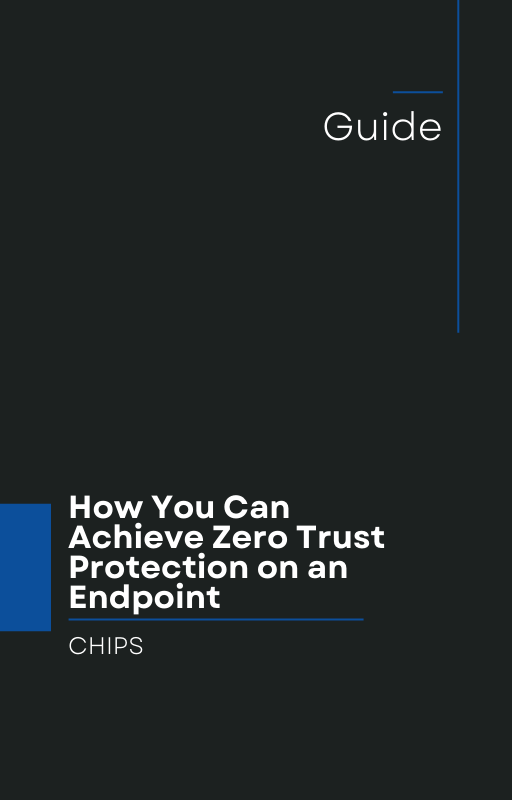In a recent Ars Technica article, security experts sounded the alarm on a little-known but highly dangerous attack vector called ClickFix. Ars Technica This isn’t your typical phishing email or malicious attachment — ClickFix abuses legitimate-seeming prompts to trick users into giving up control over their own machines.
Here’s how it works: victims receive a message — often framed as a legitimate hotel registration confirmation via email or WhatsApp — and are directed to a website. Once there, they face what looks like a CAPTCHA or a verification prompt. The trick is that users are asked to copy a line of code, paste it into their system terminal, and hit Enter. That single line, executed behind the scenes, connects to a scammer-controlled server, silently downloads malware, and installs it — often without any visible sign to the user.
Why ClickFix Is Particularly Sneaky (and Dangerous)
-
Social Engineering at Its Best
By spoofing trusted entities (like hotels) or appearing high in Google search results, attackers exploit users’ trust. The instructions to copy-paste into a terminal — a strange request — feels legitimate because of the context. -
Bypassing Endpoint Protection
According to Ars Technica, ClickFix attacks can evade many common security tools. Some of the malware payloads are delivered via native system tools (so-called "living off the land" binaries), meaning nothing malicious may be written directly to disk. Traditional detection tools may not even flag the behavior. -
Cross-Platform Risk
These attacks target both macOS and Windows. On macOS, for example, attackers have used a credential-stealing malware named Shamos. On Windows, they've deployed a RAT (remote-access trojan) called PureRAT — often via compromised hotel booking accounts. -
Minimal Visibility
Because the copied code is often base64-encoded, and because commands execute in a browser sandbox or terminal, security tools struggle to detect or raise alerts. This makes it a silent but scalable threat.
The Ars Technica piece emphasizes that awareness is currently the most reliable defense: people need to know not to paste random commands into their terminals, even if they come with CAPTCHA-style prompts. But for a business, relying solely on awareness is risky — you need technical controls that don’t depend on every employee making the right decision.
Why “Detect and Respond” Isn’t Enough
Most organizations rely heavily on detection-based tools: antivirus, EDR/XDR, threat intelligence, rule-based alerts. But ClickFix is a wake-up call. It shows how today’s attackers can skip common detection paths altogether, avoiding file-based signatures and relying on native system features to install malware.
When prevention depends mainly on detecting malicious activity — and then responding — you’re always one step behind. By the time the detection happens (if ever), an attacker may already have compromised credentials, moved laterally, or established persistence. This reactive model leaves a dangerous gap.
The Power of Isolation and Containment with AppGuard
This is where AppGuard changes the game. Instead of relying on signatures or behavior only after malicious code is active, AppGuard enforces isolation and containment:
-
Least-privilege enforcement: AppGuard confines every process to a strict policy, so even if malware does run, it’s limited in what it can do. It can't inject code, tamper with critical OS components, or load unauthorized libraries.
-
Resilient, proven technology: With over a decade of use in high-security environments (like government and defense), AppGuard has a track record.
-
Minimal disruption: Legitimate applications continue to work normally, because only unpermitted behavior is blocked.
-
Scalable protection: You can deploy AppGuard across your endpoints with policies that start protecting right away — no waiting for detections or alerts.
In short, AppGuard doesn’t wait for a threat to be seen. It stops malicious behavior at its source, before malware can do meaningful damage.
What Business Owners Must Do Now
-
Re-evaluate your endpoint security stack
If you’re still relying primarily on signature-based detection and incident response, it’s time to add isolation-first protection. -
Train your people — but don’t rely on them alone
Yes, user education about not pasting commands is critical. But attackers are becoming increasingly sophisticated. Technical controls should back up awareness. -
Plan your security roadmap around containment
Isolation doesn’t just stop attacks like ClickFix. It also protects against ransomware, fileless malware, DLL injection, credential theft, and more. It’s a forward-looking strategy.
Call to Action
If you’re a business owner, IT leader, or security decision-maker: let’s talk. At CHIPS, we specialize in helping companies move from Detect and Respond to Isolation and Containment. AppGuard is a proven, commercially available endpoint protection solution with a 10-year track record — and we can help you deploy it across your organization.
Don’t wait for the next ClickFix-style campaign to hit your team. Reach out to CHIPS today, and let’s make isolation-first security your frontline defense.
Like this article? Please share it with others!

November 24, 2025

Comments